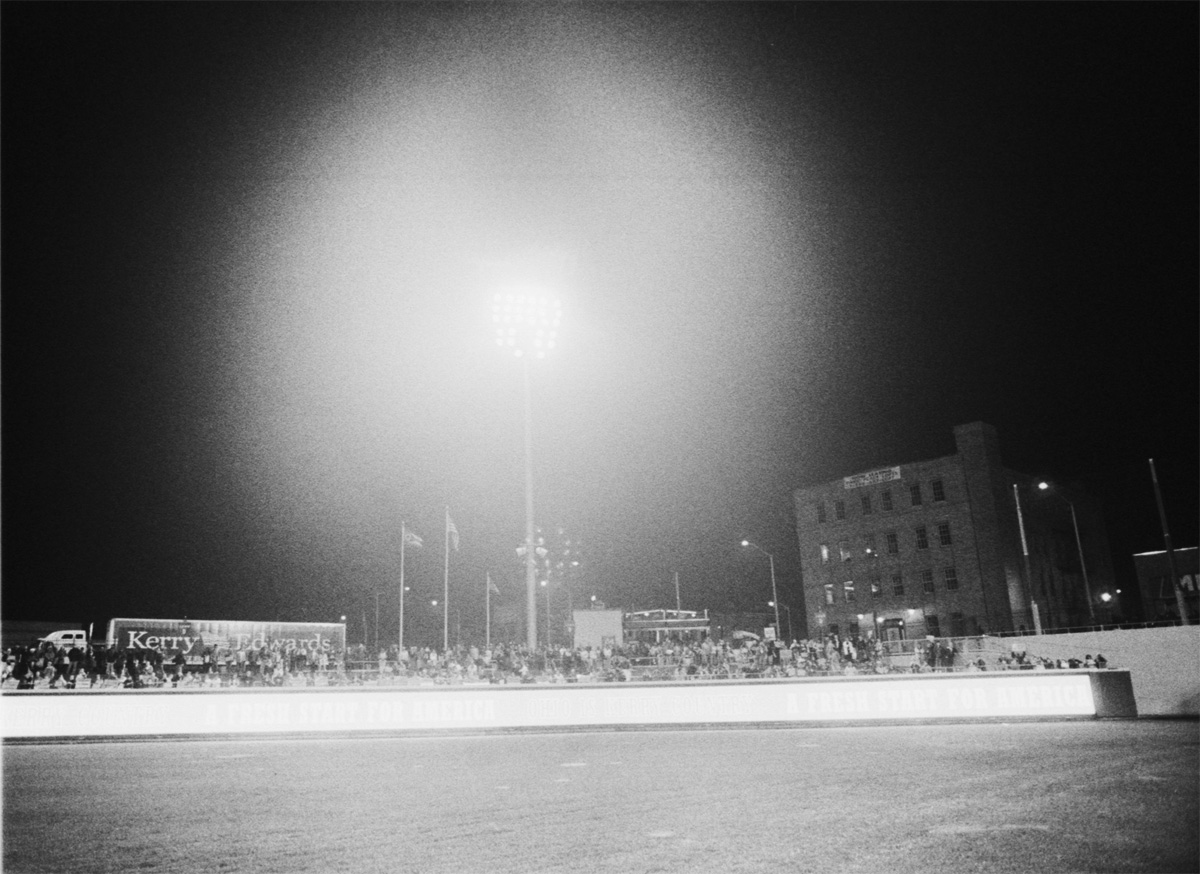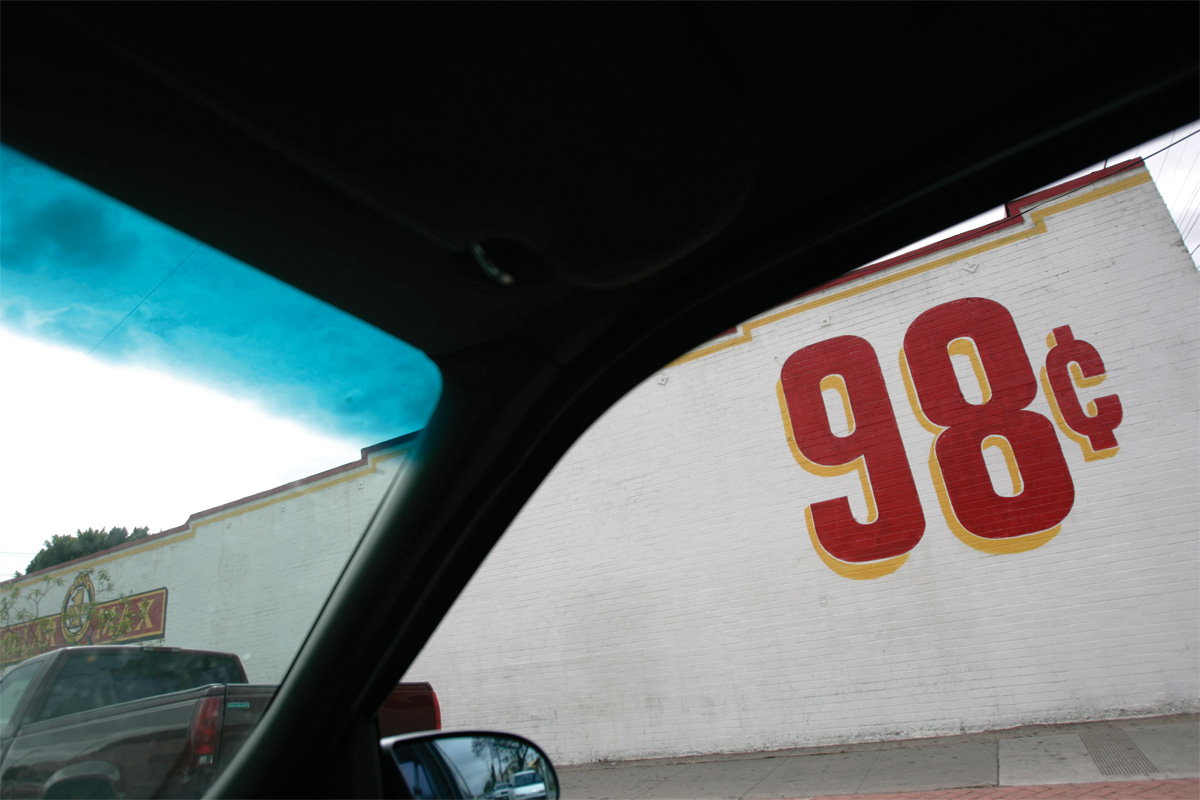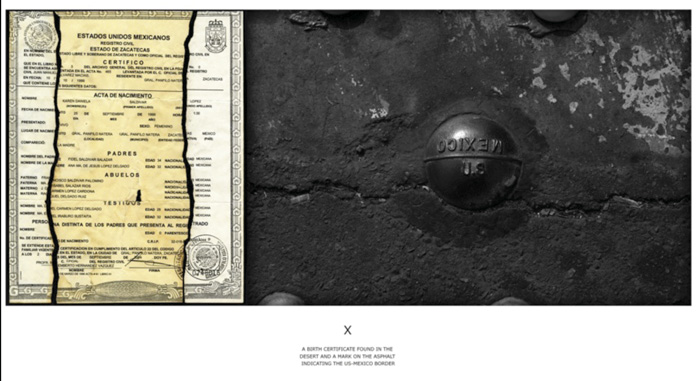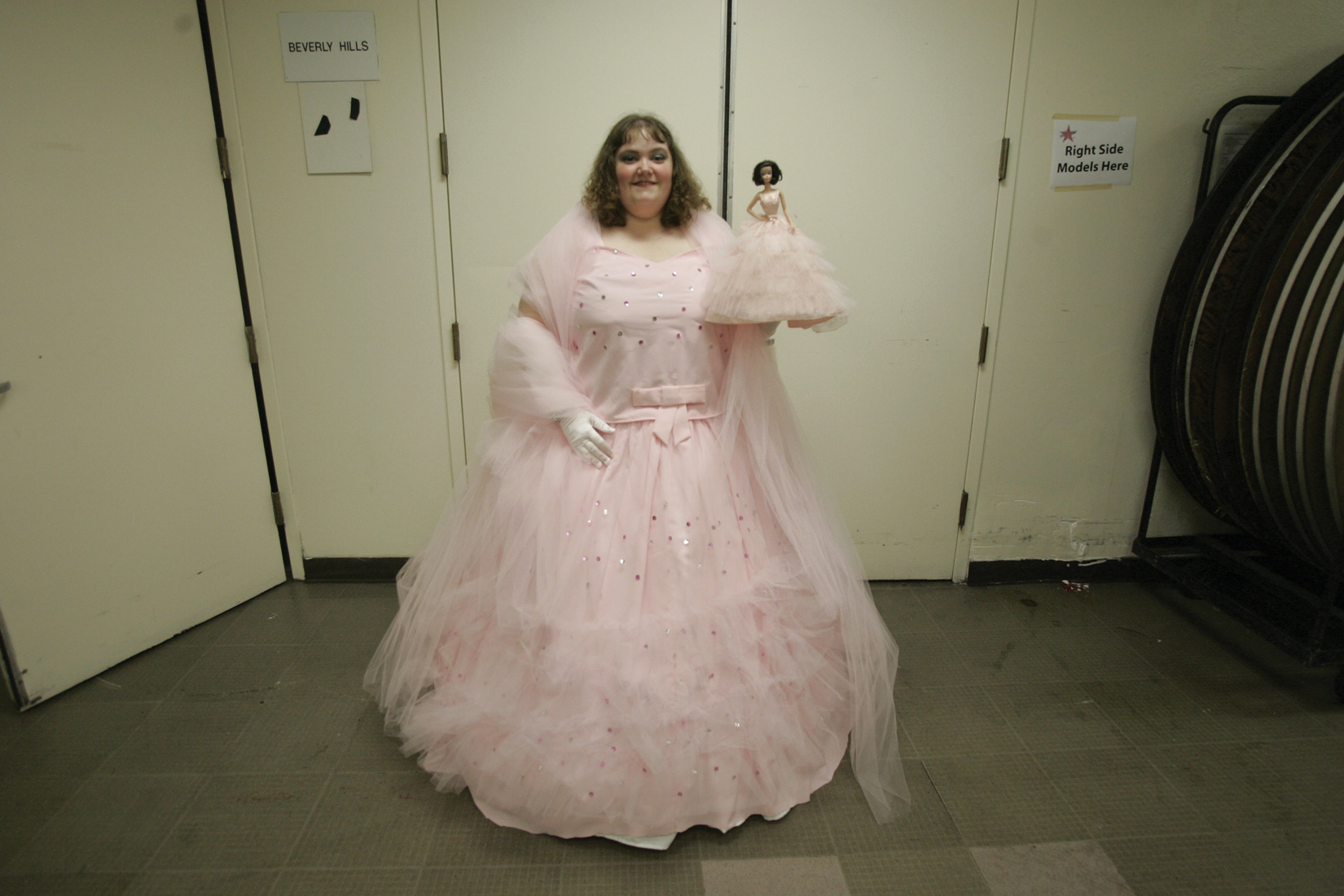Radicant
Radicant is a word from the botanical world that describes a plant that takes root on, or above, the ground, rooting from the stem. French curator and art critic Nicolas Bourriaud uses the analogy to describe a new type of artist, a person that roots in every place he lives in.
Read more >Museo de la Memoria
An 18 channels video installation commissioned by the Museum LUM (Lugar de la Memoria, La Tolerancia y la Inclusion Social) that opens in Lima, Peru on October/November 2015.
Read more >Urban Landscapes
Looking at the world through his globalized prism of art the artist comes from one place but even though he or she recognize his or her origins, the artist develops new languages to describe the world.
Read more >Americanos
America's portrait by Hector Mata is rooted in the documentary tradition of a generation of photographers that found its reference in Robert Frank's seminal book "The Americans".
Read more >L.A.tinos
Hector Mata's series made between 1998-2002 in the city of Los Angeles, California.
Read more >Limbo
Hector Mata, Photographer, became the witness of the illegal immigration that crosses the border between the US and Mexico.
Read more >Real Dolls
With each passing year, Barbie, the famous doll adult woman with attributes, is closer to 60.
Read more >Separacion
Roxana Artacho and Hector Mata’s installation “Separacion” (“Separation”) is oriented towards a reconciliation between the idea and the craft, in this case, within the realm of two different arts
Read more >






